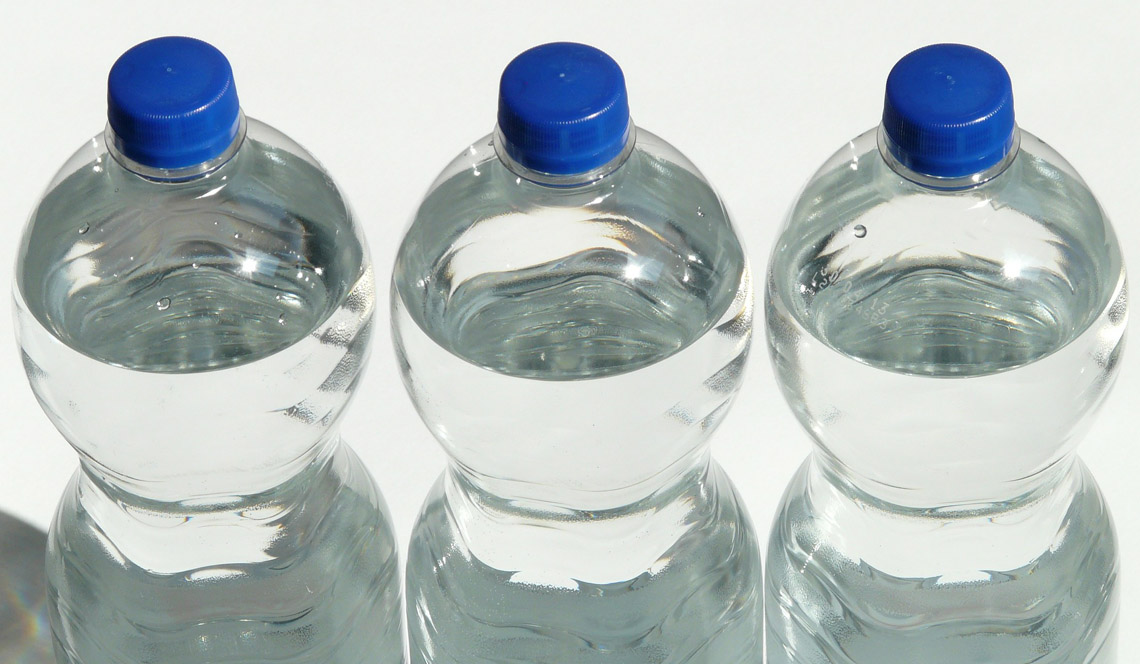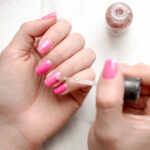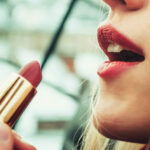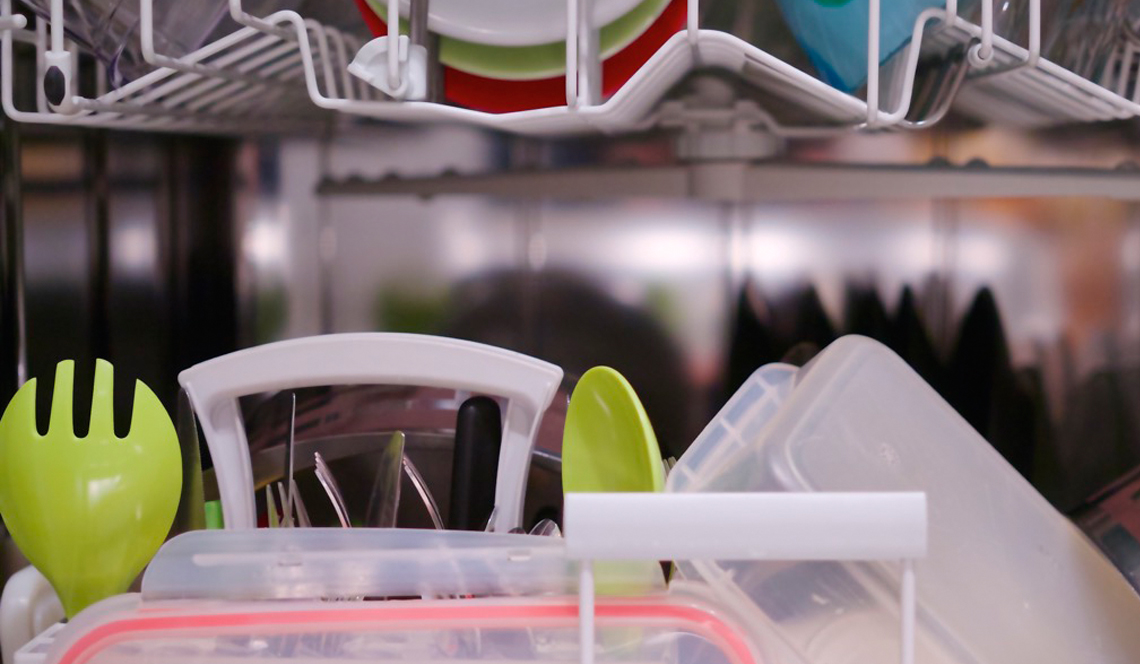In my effort to try to live a little cleaner, I do a lot of reading about all of the chemicals that manufacturers use. Not that I particularly enjoy reading about chemicals and where they lurk, but every now and then I think it is a good idea to take a closer look to really understand the affects that these ingredients can have. So, what are phthalates and what are some of the products containing them? More importantly, let’s learn how to avoid phthalates in the first place.
Disclaimer: Please note that some of the links in this post are affiliate links and I will earn a commission if you purchase through those links. I recommend these products because they are products that I personally use or companies that I have found trustworthy.
What are Phthalates Anyway?
Phthalates are a conglomerate of chemicals used to help make plastics and vinyl soft, pliable and flexible – a plasticizer. There are literally thousands of products containing phthalates that most people are not even aware of. Phthalates can be found in makeup and cosmetics, beauty and personal care products, plastic and vinyl toys, shower curtains, mini-blinds, wallpaper, plastic wrap and food packaging. You will also find phthalates in a lot of home care and home remodeling products, including plumbing pipes, insecticides, vinyl flooring, wood finishes, detergents, adhesives and lubricants. The one place that many people don’t even think about phthalates being is in medical tubing and fluid bags… kinda scary in my opinion.
Phthalate Exposure
You can see from the list above that it is incredibly easy to be exposed to phthalates. You can be exposed by breathing in air, or ingesting water or food that has been contaminated. When you use cleaning products, lotions or makeup that have phthalates in them, you are also adding to your exposure. Even plastic home products and flooring that you have installed in your house can “off gas” for a long time afterwards, consequently exposing you for long periods of time. Children and babies are especially vulnerable from the air that they breathe, all the way down to the plastic toys they stick in their mouths. People who work in manufacturing (especially of plastics), printing or painting also have a high risk of being exposed. The Food and Drug Administration has also recommended that steps be taken to reduce patient’s exposure to medical devices that contain phthalates, especially for those who require long term care or treatment.
Dangers of Phthalates
So, what are the major concerns around phthalates and our health? A lot is not fully known yet, but the main concerns are links to cancer and reproductive/development problems. Studies are being done to see how phthalates impact birth abnormalities and outcomes, including genitalia development, birth weights and fertility. There are also studies questioning the link between phthalates and the onset of early puberty and the risk of childhood obesity. Some animal studies are also trying to show the link between phthalates and kidney and liver cancers. While yet others are trying to show the correlation with autism.
While the research is still out on what the actual effects of phthalates are, I, for one, would like to err on the side of caution and just try to reduce my exposure as much as possible. I know you can’t completely eliminate all exposure if you live in a normal society, but it can’t hurt to at least make some calculated swaps in my daily life.
How to Avoid Phthalates
The number one way to reduce your exposure and learn how to avoid phthalates is to lessen your use of products that contain them. Read labels and be wary anytime you are buying anything plastic or vinyl or anything packaged in plastic or vinyl (phthalates can be in the plastic packaging and can leach into the product). Look for phthalate-free beauty and cosmetic products, detergents and cleaners. If the product is not labeled phthalate-free (and the majority are not), avoid the word “fragrance” on ingredient lists. Manufacturers don’t have to disclose what is in their fragrance concoction, but it usually, if not always, contains phthalates. Look for fragrance free or products scented with natural essential oils. This includes air fresheners and scented candles. (Check out my posts 10 Natural Air Freshener Hacks for Your Home and How to Choose the Best Nontoxic Candles for natural alternatives.)
Store and serve your food and beverages in glass, ceramic or stainless steel (including baby bottles). The plastic of vinyl containers and wrap can leach phthalates into your food. Avoid plastic storage containers and bottles (even if they say BPA-free), and above all, do not heat plastic in the microwave or dishwasher. Avoid canned food that has BPA liners. BPA liners can also leach phthalates. (Read my other article Going BPA Free – Three Easy Ways to Avoid BPA and BPS for more information).
Steer clear of plastic shower curtain liners, mini-blinds, outdoor furniture, and building materials. Plastic items like this can “off gas” for a long time and put phthalates into the air that you breathe. If you do buy plastic items (including toys, baby gear, furniture), sit them outside for a week or two to give them a chance to “off gas”. That “new” smell is not a good smell. (Check out my post How to Create a Nontoxic Nursery for more.) Try to also make sure you dust often. As phthalates enter the air, they settle and then can keep contaminating your home as dust. Get rid of the dust, get rid of some phthalates.
Wrap-up
Whew, that was a lot! Not necessarily fun to hear about, but pretty essential non-the-less I think. The more you know the better you do, right? I think just being a little more conscious about what we are surrounding ourselves with on a daily basis can help. Information is power. Learning how to avoid phthalates doesn’t have to be stressful. Below are some easy swaps that you can make in your life that will help to reduce your phthalate exposure.
Easy Product Swaps to Reduce Phthalates:
PEVA or EVA Shower Curtains
This is an easy swap and PEVA or EVA shower curtains are very easy to find. They are still petrochemical products, but they do not have the off-gassing that PVC does and are thus much safer. You could also look into organic cotton or hemp shower curtains, but they tend to be much more expensive and don’t really stop the water from splashing around your bathroom.
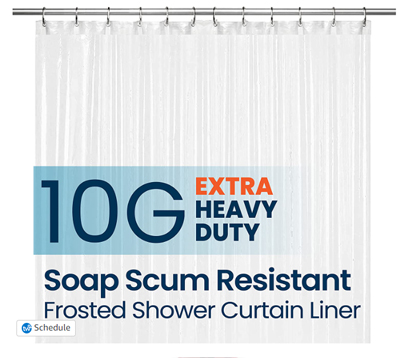
Glass and Stainless Steel Food Containers
As I’ve mentioned before, store your food in glass or stainless steel. It reduces phthalates and BPA that can leach into your food. Make sure they have glass or silicone lids as well.
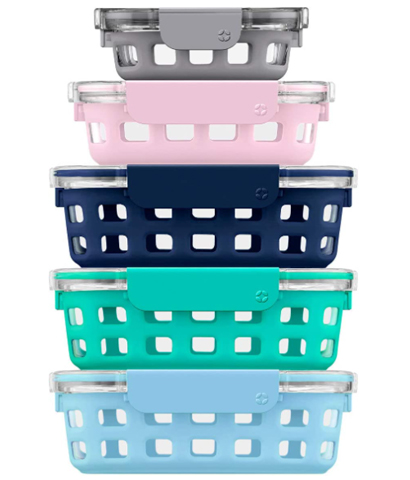
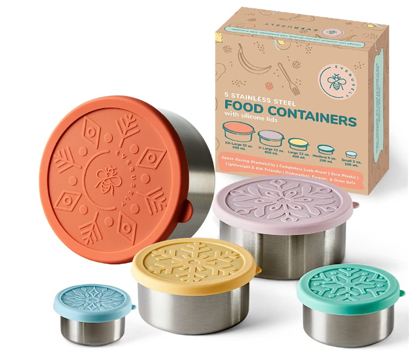
Nontoxic Candles
Go with 100% beeswax scented with essential oils, not synthetic fragrance. Check out my post How to Choose the Best Nontoxic Candles for more info.
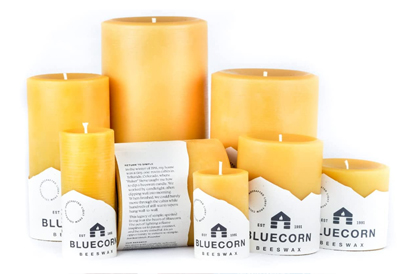
Clean Beauty Products
See my other post The Best All Natural Makeup and Skin Care Brands for a lot of great choices.
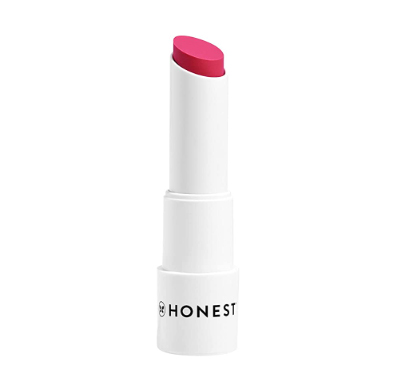
Nontoxic Nail Polish
Also see my other post The Best Non-Toxic Nail Polish for my top picks.
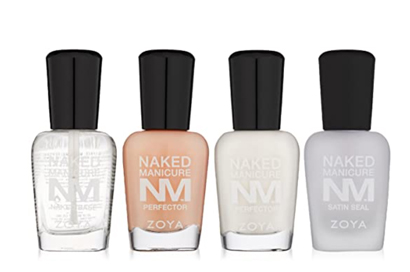
Some Other Great Resources For More Information
Campaign for Safer Cosmetics
Environmental Working Group
GREEN GUARD
Pollution in People
The Green Guide by National Geographic
We can all learn how to avoid phthalates and it is not as hard as I thought to make some easy product swaps in my daily life. I can sleep a little better at night knowing that I’m reducing my phthalate expose one small step at a time.

